PROTECT YOUR DNA WITH QUANTUM TECHNOLOGY
Orgo-Life the new way to the future Advertising by Adpathway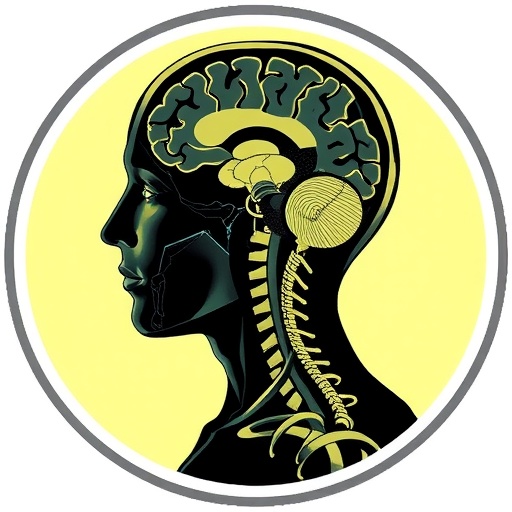
In recent years, researchers have turned their attention to circular RNAs (circRNAs), a class of RNA molecules that, unlike linear RNAs, form a covalently closed continuous loop. Among these, circ_0020850 has emerged as a promising biomarker in the field of ischemic stroke. The study conducted by Qin et al. provides groundbreaking insights into the predictive value of circ_0020850 concerning functional outcomes in hospitalized convalescent patients following an acute ischemic stroke.
Acute ischemic stroke, characterized by the interruption of blood supply to the brain, leads to neuronal cell death and significant morbidity. Predicting patient outcomes post-stroke remains a critical challenge in clinical practice. Traditional prognostic markers have limited reliability, leaving a gap for innovative approaches. The identification and validation of novel biomarkers like circ_0020850 could revolutionize how we assess and manage stroke patients.
One of the most fascinating aspects of circRNAs is their stability and abundance in the bloodstream, making them ideal candidates for non-invasive biomarkers. The stability of circRNAs, unlike their linear counterparts, makes them less susceptible to degradation by RNase enzymes, offering a consistent method for monitoring. This inherent resilience could lead to innovations in the early diagnosis and prognosis of stroke outcomes, helping clinicians tailor more effective treatment plans.
Quantitative analyses in the study conducted by Qin and colleagues revealed a strong correlation between circ_0020850 levels and functional recovery in stroke patients. Patients exhibiting elevated levels of circ_0020850 demonstrated better recovery outcomes as assessed by standardized clinical scales. This correlation draws attention to circ_0020850 not just as a biomarker, but also potentially as a therapeutic target in stroke recovery.
Moreover, the researchers employed advanced biochemical techniques to quantify circ_0020850 levels in serum samples collected from stroke patients. This meticulous approach ensured that their findings were rooted in solid empirical evidence. Understanding the underlying mechanisms of how circ_0020850 influences neuroregeneration could propel forward research in stroke rehabilitation therapies, thereby enhancing patient outcomes on a larger scale.
The implications of the study extend far beyond just the measurements of circ_0020850. With stroke being one of the leading causes of disability worldwide, effective prediction of functional recovery can significantly inform clinical decision-making processes. By establishing circ_0020850 as a reliable prognostic marker, health professionals might better predict which patients are likely to achieve optimal recovery and adjust interventions accordingly.
Perhaps the most intriguing aspect of this research is how circRNAs like circ_0020850 may interact with various cellular pathways involved in neuroprotection and repair. While the exact mechanisms remain to be elucidated, existing literature suggests that circRNAs can regulate gene expression and protein translation, ultimately influencing cellular functions crucial for recovery post-stroke.
In addition, the study emphasizes the importance of early intervention in stroke management. By utilizing circ_0020850 as a prognostic tool, clinicians could potentially identify at-risk patients and initiate timely rehabilitation strategies. This proactive approach could mitigate the long-term effects of stroke, ultimately improving the quality of life for countless individuals.
Future research will undoubtedly delve deeper into the role of circ_0020850 and its molecular functions. Investigating whether circ_0020850 could serve as a therapeutic agent is an exciting domain that could open new avenues in stroke treatment. Clinicians and researchers alike are eager to see how these findings influence future guidelines and policies surrounding stroke care.
Additionally, as healthcare systems worldwide seek more personalized and effective treatment strategies, developments in the field of circRNAs could play a pivotal role. The ongoing exploration of circ_0020850, alongside other potential biomarkers, may lead to a paradigm shift in how acute ischemic stroke is treated and managed across different populations.
In summary, the promising findings by Qin et al. underscore the need for further exploration of circ_0020850 and circular RNAs’ vast potential in stroke rehabilitation. Through continued research and clinical application, we may witness a transformative evolution in stroke prognosis and treatment, offering hope to millions affected by this debilitating condition globally.
As the medical community harnesses the power of circRNAs, the journey towards better understanding and management of ischemic strokes continues to unfold. The integration of innovative biomarkers like circ_0020850 into routine clinical practice could feasibly reshape the future of stroke care, emphasizing the importance of ongoing research and collaboration in this critical area of health science.
This pivotal study could act as a catalyst for further investigations aiming at unraveling the complex interactions of circRNAs with neurological processes, bringing forth a new era of precision medicine tailored for stroke patients. The promise shown by circ_0020850 sets the stage for future breakthroughs that may significantly alter the landscape of acute ischemic stroke treatment and patient outcomes.
Subject of Research: The predictive value of circ_0020850 for functional outcomes after acute ischemic stroke.
Article Title: Predictive Value of circ_0020850 for Functional Outcomes After Acute Ischemic Stroke in Hospitalized Convalescent Patients.
Article References:
Qin, S., Li, Z., Yan, Z. et al. Predictive Value of circ_0020850 for Functional Outcomes After Acute Ischemic Stroke in Hospitalized Convalescent Patients.
Biochem Genet (2025). https://doi.org/10.1007/s10528-025-11221-0
Image Credits: AI Generated
DOI: 10.1007/s10528-025-11221-0
Keywords: circRNAs, ischemic stroke, biomarkers, prognosis, neuroprotection, rehabilitation, clinical practice, precision medicine.
Tags: acute ischemic stroke outcomescirc_0020850 predictive valuecircRNA biomarkers for ischemic strokeearly diagnosis of strokefunctional outcomes after strokeinnovative prognostic markers for strokemanaging stroke patient outcomesneuronal cell death and recoverynon-invasive stroke assessmentRNA molecules in stroke researchstability of circular RNAsstroke recovery indicators


 7 hours ago
13
7 hours ago
13
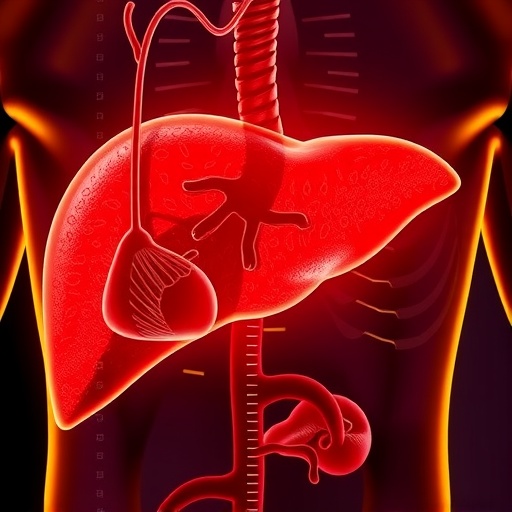
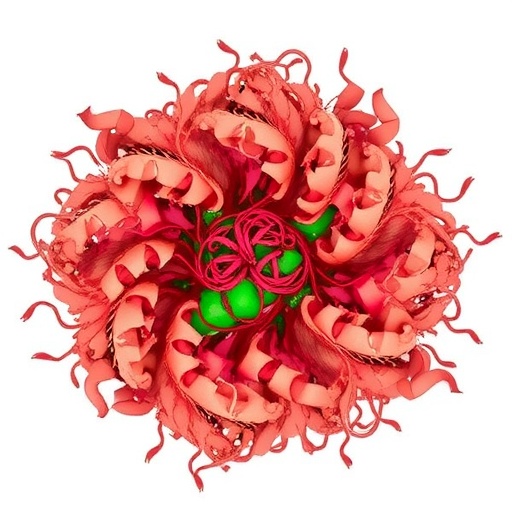
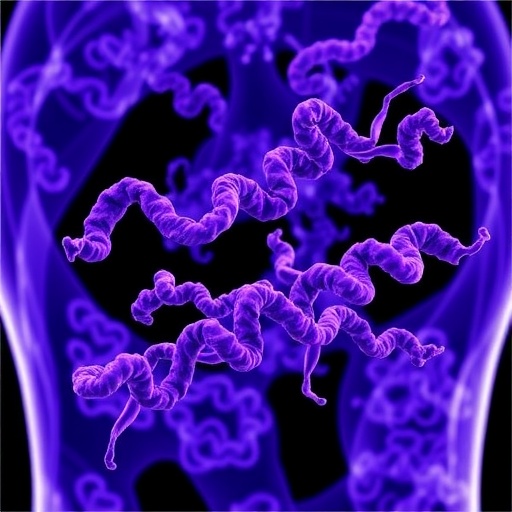
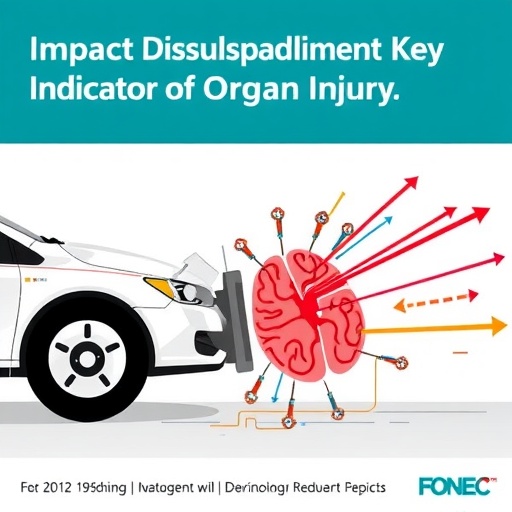
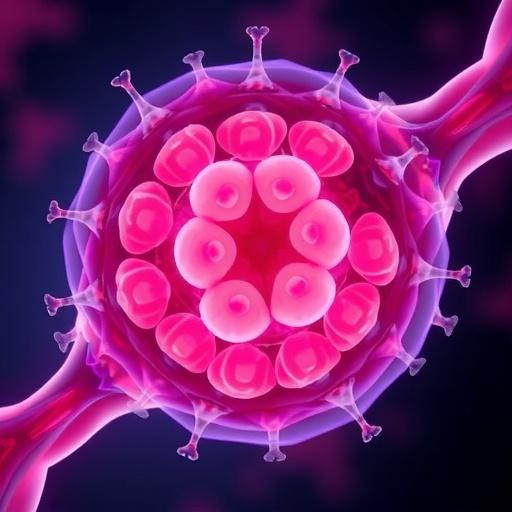
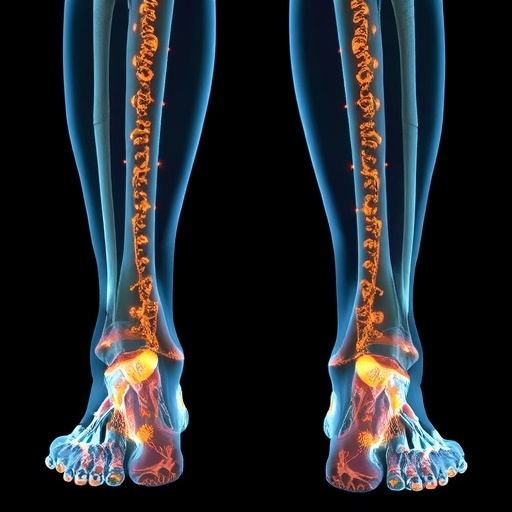
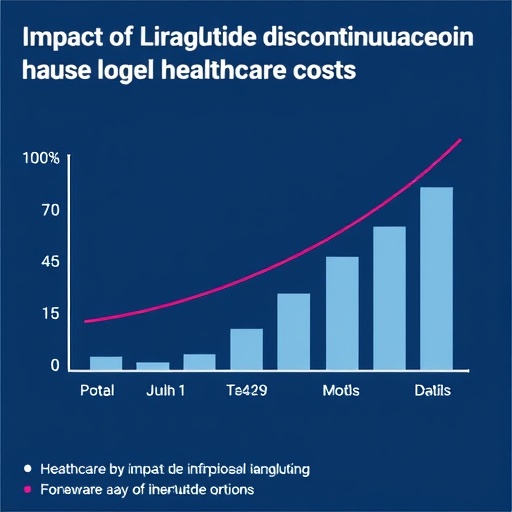














 English (US) ·
English (US) ·  French (CA) ·
French (CA) ·